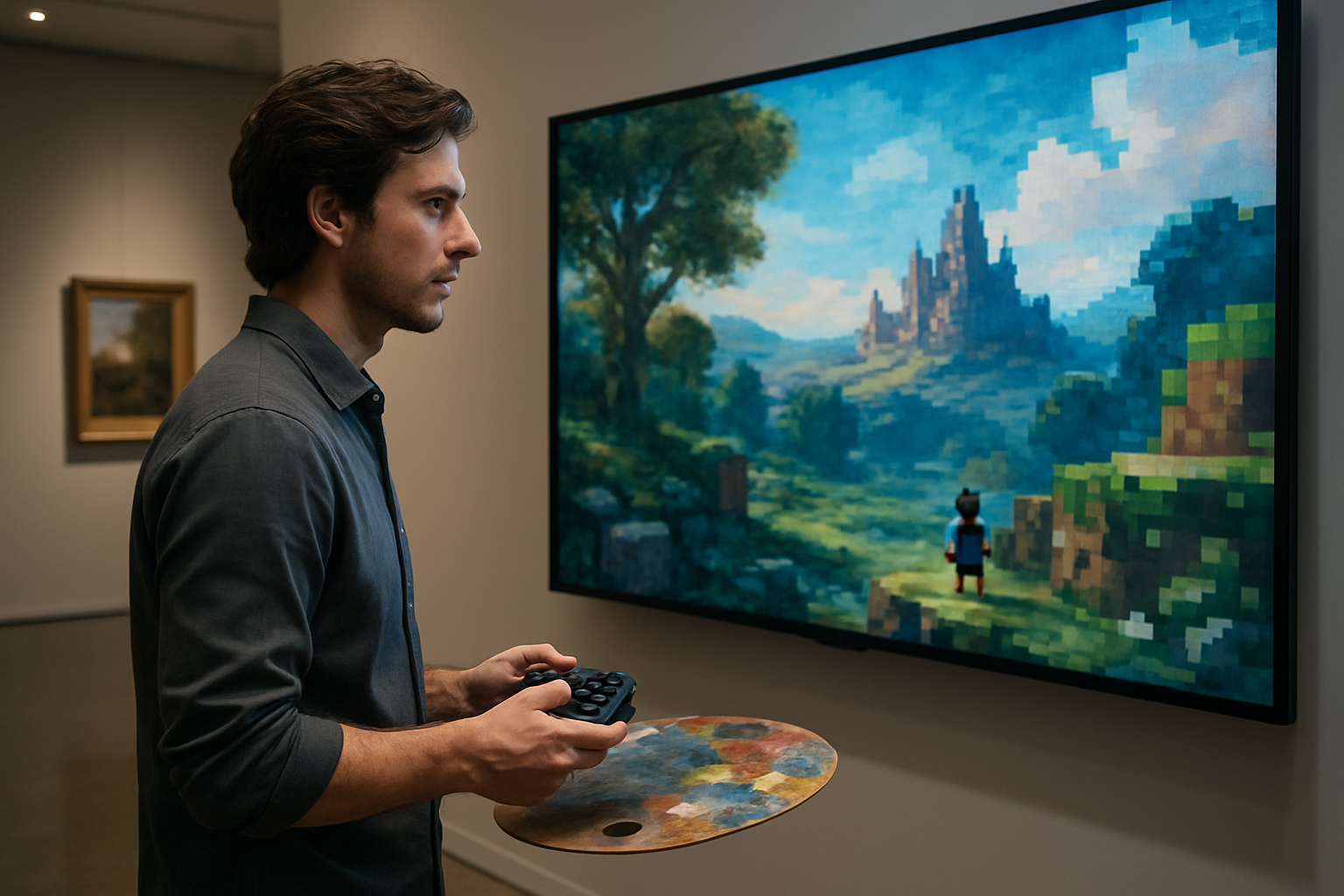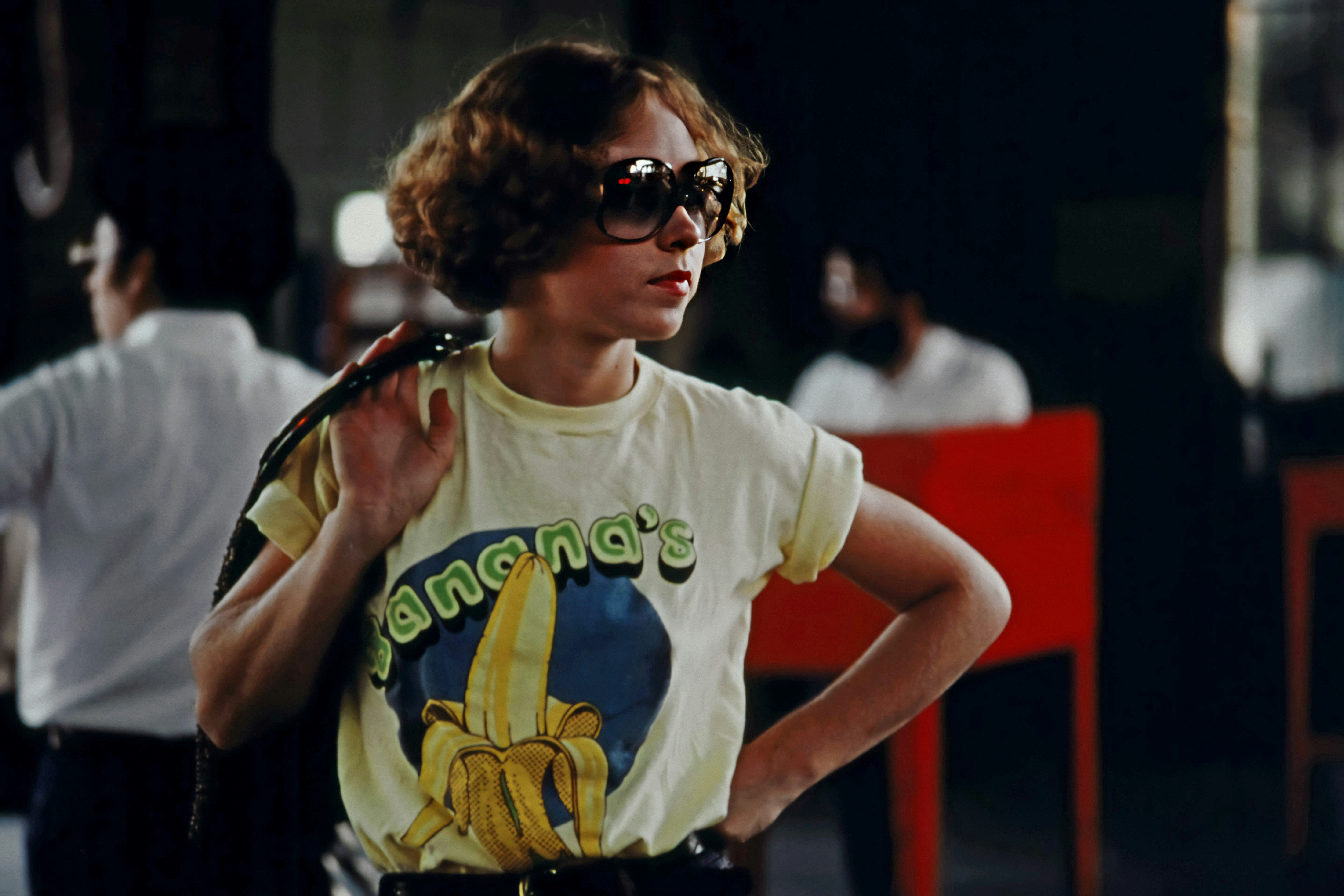Augmented Reality's Role in Reshaping Contemporary Art
In a world where technology increasingly permeates every aspect of our lives, the art world is no exception. Augmented Reality (AR) has emerged as a powerful tool for artists, challenging traditional notions of creation, display, and interaction. This cutting-edge technology is not just changing how we view art, but fundamentally altering the creative process itself, blurring the lines between the physical and digital realms.

As smartphones became ubiquitous and processing power increased, AR technology became more accessible to artists and audiences alike. This democratization of technology opened up new possibilities for artistic expression, allowing creators to break free from the constraints of physical space and traditional mediums.
AR’s Unique Artistic Capabilities
AR offers artists a unique set of tools that were previously unimaginable. Unlike traditional mediums, AR allows for dynamic, interactive, and location-specific experiences. Artists can create works that respond to their environment, change over time, or even react to viewer input.
One of the most significant advantages of AR in art is its ability to transform public spaces. Artists can now overlay digital creations onto existing architecture, landscapes, or objects, creating site-specific installations that can be accessed by anyone with a smartphone. This has led to a new form of public art that is both ephemeral and widely accessible.
Breaking Down Barriers
AR is breaking down barriers between artists and audiences in unprecedented ways. Traditional art often maintains a distance between the viewer and the work, but AR invites active participation. Viewers can manipulate digital elements, explore different perspectives, or even contribute to the artwork in real-time.
This interactivity is changing the role of the audience from passive observers to active participants in the creative process. It’s fostering a new kind of engagement with art that is more immersive and personal than ever before.
The Challenges of AR Art
Despite its potential, AR art faces several challenges. Technical limitations, such as device compatibility and battery life, can impact the viewer’s experience. There’s also the question of preservation - how do we maintain and archive digital artworks that are inherently tied to specific technologies?
Moreover, the art world is grappling with how to value and monetize AR works. Traditional models of art ownership and display are being challenged, leading to new conversations about the nature of art in the digital age.
The Future of AR in Art
As AR technology continues to evolve, so too will its applications in art. We’re likely to see more sophisticated integrations of AR in traditional museum and gallery settings, as well as an increase in AR-specific exhibitions and festivals.
The line between AR and other emerging technologies like Virtual Reality (VR) and Artificial Intelligence (AI) is also blurring, opening up even more possibilities for artistic innovation. As these technologies converge, we may see entirely new forms of art that we can’t yet imagine.
In conclusion, Augmented Reality is not just a tool for artists - it’s a medium that is reshaping the very nature of contemporary art. By blending the digital and physical worlds, AR is creating new forms of expression, interaction, and experience. As we move further into the digital age, AR art stands at the forefront of a new artistic revolution, challenging our perceptions and expanding the boundaries of creativity.




